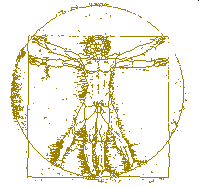Man’s keenest interests are mastery of his universe and mastery of himself. In myth, he approaches both goals, personifying that which evades his science and lacing his tales with the supernatural to make them sacred and beyond reproof. What Incan would dare to challenge the authority of the Son of the Sun? Man thus keeps himself reasonably satisfied that he knows all the answers. A myth is a fantastic narrative which presents a prescientific explanation of the nature of man or his universe through personification.
A large portion of myth is etiological, dealing with the supposed origins of natural occurrences. Multicolored bands spanning the sky; mysterious voices answering from deep canyons; fire and ash leaping from strong, sturdy mountains: to earliest man, these were spectacular, but inexplicable. Bronislaw Malinowski, a Polish anthropologist, theorized that man created myth to explain phenomena that were at the frontiers of his science (4, p. 829). To understand the world around him and to soothe his own fear of the unknown, man began to explain nature in familiar terms: terms of the needs he knew and the emotions he felt. To a North African tribesman, the rainbow was thus the “bride of the rain” (5, p. 127). To an ancient Greek, an echo was the lamentation of a jilted lover. To a Roman, a volcano was the smelter of a great smith.
Observing that social institutions and values are reflected in the religion of every culture, the French sociologist Emile Durkheim theorized that the myths and deities of a culture are actually “collective representations” of those institutions and values, justifying and sanctifying them (3, p. 829).
The Greeks stressed moderation, as in the myth of King Midas and the golden touch. In this example, values are personified, giving mortal men models of virtue and vice. As a reward for hospitality, Bacchus granted Midas a wish. Midas wished that whatever he touched be turned to gold. With his new power, Midas soon found, however, that he could not eat, because food turned to gold when it touched his mouth (1, p. 74). In this myth may be seen both rewarded hospitality and punished greed.
Such didactic myths are readily separable from etiological myths, in that they affect the order and function of a society, beyond satisfying curiosity.
The body of human knowledge is ever expanding, so that phenomena formerly explained by myth are now explainable through science. It would stand to reason, then, that as science became available, myth would be revised or rejected in accordance with the latest findings. However, one man’s myth is another’s religion, so the discrepancy between myth and science – religion and reason – periodically erupts as a major divisive force.
Only recently has science advanced enough to provide a logical picture of the beginning, so that creation has long been fertile ground for conjecture. The Judeo-Christian myth explains that God created man in His image. When Charles Darwin published his famous book, The Origin of Species, heated controversy ensued. Many Christians and Jews believed that the teachings of the Bible or Torah, if interpreted symbolically, could coexist with Darwin’s theories, while others believed such interpretation to be sacrilegious.
The sacred aspect of myth and its acceptance as truth serve to distinguish myth from related literary forms, including legends, which claim historic truth, but not holiness; fables, which claim moral, but not historic, truth; and fairy tales, which make no claims.
The sacred, prescientific institution of myth is an important stage in the development of civilization. Requiring that there be answers to the questions raised by men – asserting that the universe is knowable – is the first step toward finding those answers.
Bibliography
- Bulfinch, Thomas. Bulfinch’s Mythology: The Greek and Roman Fables Illustrated. New York: Viking Press, 1979.
- Hamilton, Edith. Mythology. New York: Mentor, 1969.
- Littleton, C. Scott. “Mythology,” The World Book Encyclopedia. Chicago: Field Enterprises, 1972, XIII, pp. 813-831.
- “Myth and Mythology.” Encyclopaedia Britannica. Chicago: Encyclopaedia Britannica, 1974, XII, pp. 793-804.
- Saucier, Walter J. “Rainbow.” The World Book Encyclopedia. Chicago: Field Enterprises, 1972, XVI, pp. 126-127.
Essay
Title
BANDS, VOICES, AND FIRE
Synopsis
A classic English paper defining Myth
Topic
Senior (High School) English
ShortTitle
Bands, Voices, and Fire
Date
September 12, 1980
Professor
Dorothy McCoy
The best I have read. A++ -- Dorothy McCoy |
Illustration2
Illustatration1
GraderQuote
Copyright © W. Murray Sexton. All rights reserved.
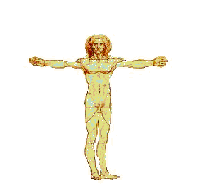
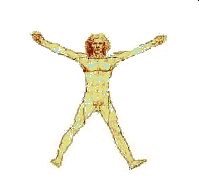

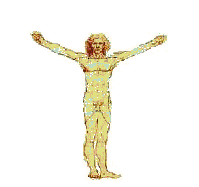
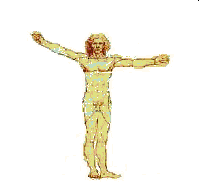
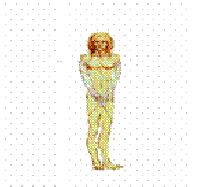
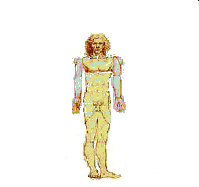
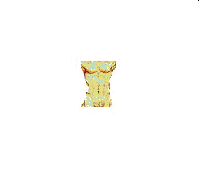
TM
